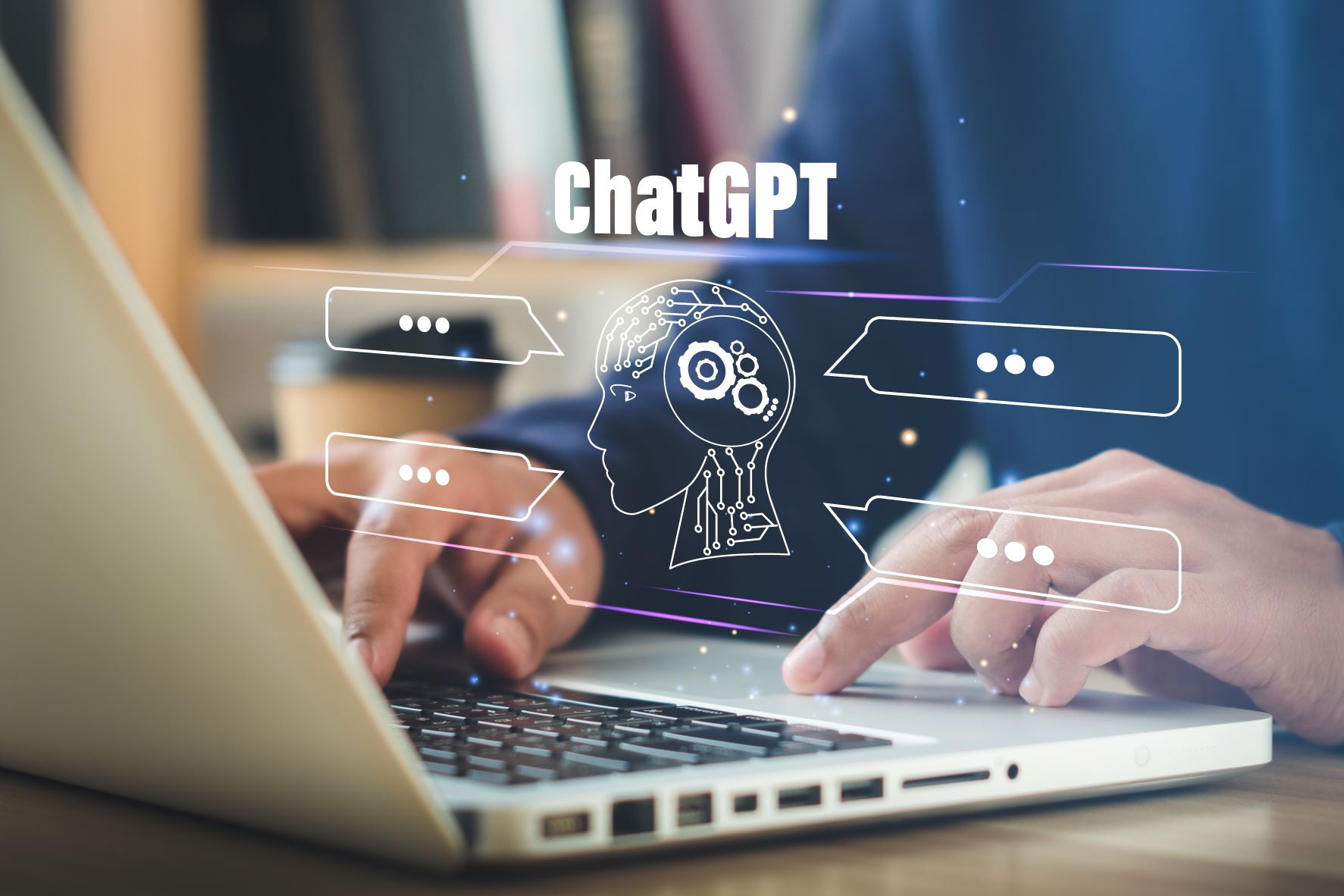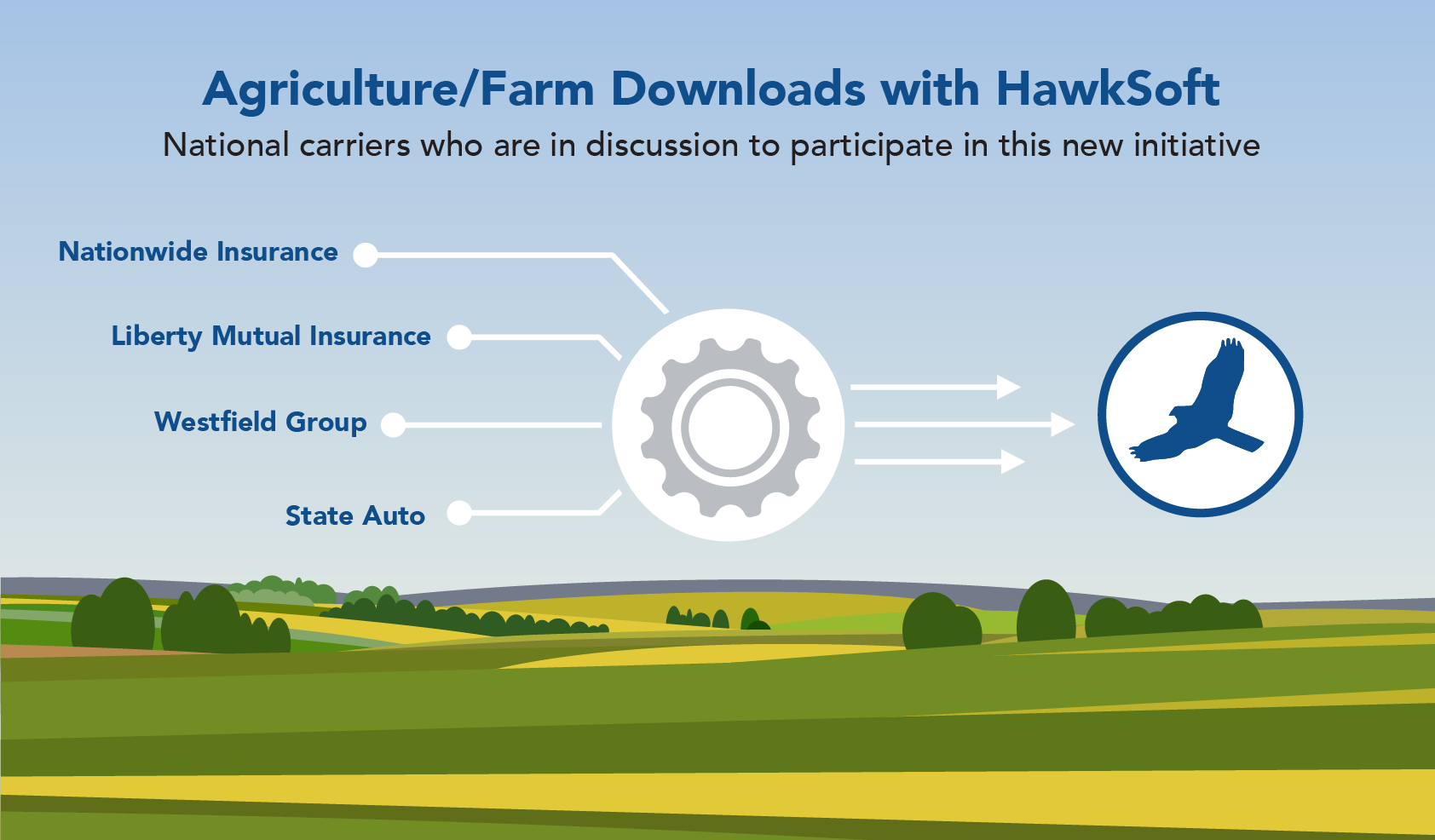Guest blog by David Carothers
Guest blogs are written by contributors outside of HawkSoft. The author's views are entirely their own and may not reflect the views of HawkSoft.
The insurance and risk management industry is all about predicting and mitigating risks. But with the evolution of technology, the industry can leverage artificial intelligence and machine learning tools like ChatGPT (a language model that can generate human-sounding text responses to input prompts) to provide better risk management solutions. This article explores the areas where ChatGPT can be used in the insurance and risk management industry to provide better customer service, risk assessment, fraud detection, and underwriting.
Keep in mind that this article describes the possibilities of what ChatGPT technology can do - not necessarily applications that are readily available today. Some of the implementations mentioned here may require custom coding or integration, or may still be on the horizon. This article is intended as a forecast of the potential of this exciting new technology.
In this article:
Customer Service
The insurance industry is all about providing customer service. ChatGPT can provide customers with quick and efficient responses to their queries. It can be integrated into a chatbot to offer 24/7 customer service. It can also provide personalized recommendations to customers based on their unique needs. ChatGPT can enhance the client experience for modern agencies in five basic ways.
1. Automated customer service
ChatGPT can be integrated into a chatbot to provide automated customer service. Customers can ask questions about their policy or coverage, and the chatbot can respond with the relevant information. This can provide customers with quick and efficient responses to their queries without waiting on hold or speaking to a customer service representative. While previously chatbots could only provide answers to basic inquiries using predetermined responses, ChatGPT has the potential to provide robust answers to complex questions without a set script.
2. 24/7 customer service
ChatGPT can be integrated into a chatbot that can provide 24/7 customer service. This can benefit customers with questions outside of regular business hours or in different time zones.
3. Personalized recommendations
ChatGPT can analyze customer data to provide personalized recommendations to customers based on their unique needs. For example, it can recommend additional coverage based on the customer's occupation or lifestyle. It can also suggest ways to reduce premiums based on the customer's risk profile. While it will likely take time to “train” AI for specific applications like this, it could be a powerful tool. Companies such as HawkSoft Partner Aureus Analytics already use AI for this purpose.
4. Streamlined claims process
ChatGPT can provide customers with information on the claims process. It can provide information on how to file a claim, what documentation is required, and how long the process will take. This can help to streamline the claims process and reduce the time taken to resolve a claim.
5. Proactive customer service
ChatGPT can proactively alert customers when their policy is about to expire or when there are changes to their coverage. This can help to ensure that customers have the coverage they need and can avoid any gaps in coverage.
ChatGPT can help customers with their insurance policy questions. Consumers may already be starting to use this technology in place of Google. Currently, it can answer basic questions like what the policy covers, the deductible, and the limits. It can also provide personalized recommendations based on the customer's age, occupation, and other factors that affect their insurance needs.
ChatGPT can be a valuable tool for customer service in the insurance industry. It can provide quick and efficient responses to customers' queries, give personalized recommendations, streamline the claims process, and provide proactive customer service. By leveraging ChatGPT, insurers and agents can improve customer service and provide a better customer experience. However, I still recommend proceeding with caution. We are still in the early stages of very powerful technology. Consider that when considering integrating AI into your agency’s service platform.
Risk assessment
Forward-thinking insurance agents know that risk assessment is one of the most critical aspects of the insurance and risk management industry. ChatGPT can analyze customer data to assess their risk profile. It can help insurers to predict potential risks and recommend mitigation strategies to customers. Here are some areas where ChatGPT can be used for risk assessment across several insurance industry segments.
Home insurance
ChatGPT can assess the risk of damage to a customer's home from natural disasters. For example, it can analyze data such as the home's location, the home's age, and the home's value to determine the risk of damage. It can also recommend mitigation strategies such as installing a sump pump or reinforcing the roof to minimize the risk of damage.
Auto insurance
ChatGPT can be used to assess the risk of an accident for a customer's car. For example, it can analyze data such as the customer's driving history, the car's make and model, and the customer's location to determine the risk of an accident. It can also recommend ways to reduce the risk of an accident, such as taking defensive driving courses or avoiding high-risk areas. While insurance carriers have been using these types of predictive analytics for nearly a decade, ChatGPT brings this technology to the fingertips of the agent.
Life insurance
ChatGPT can be used to assess the risk of death or disability for a customer. For example, it can analyze data such as the customer's age, occupation, and health history to determine the risk of death or disability. It can also recommend ways to reduce the risk of death or disability, such as improving the customer's health or reducing risky behavior.
Business insurance
ChatGPT can assess the risk of damage or loss for a customer's business. For example, it can analyze data such as the company’s location, the type of business, and the value of the business to determine the risk of damage or loss. It can also recommend ways to reduce the risk of damage or loss, such as improving the security of the business or reducing the risk of liability.
By analyzing customer data, ChatGPT can help agents to assess the risk of damage or loss for a customer and recommend mitigation strategies to reduce the risk. By leveraging ChatGPT, insurance agents can provide a better risk assessment to their customers and offer more personalized recommendations for mitigating risks.
Fraud detection
Fraudulent claims are a significant problem for the insurance industry. ChatGPT can be used to detect fraudulent claims. It can analyze text data to identify patterns that may indicate fraudulent behavior. For example, it can analyze the text of an insurance claim to determine if it is fraudulent, analyze the customer's description of the damage to see if it matches the physical evidence, and analyze the customer's history of claims to determine if they have a history of making fraudulent claims. It can also analyze the text of social media posts and other online content to detect fraudulent behavior.
ChatGPT can be a valuable tool for fraud protection in the insurance industry. By analyzing text data and identifying patterns that may indicate fraudulent behavior, ChatGPT can help insurers to detect and prevent fraudulent claims. By leveraging Chat GPT, insurers can reduce their losses due to fraudulent claims and offer better customer protection. At the same time, agents can use it to pre-qualify prospects to preserve the integrity and profitability of their book of business.
Underwriting
Underwriting, the process of assessing the risk of insuring a customer and determining the appropriate premium and coverage, is our industry’s backbone. ChatGPT can be used to automate the underwriting process. It can analyze customer data to determine risk levels and provide recommendations for pricing and coverage. Below are four ways that ChatGPT can be used in the underwriting arena.
1. Automated underwriting
ChatGPT can automate the underwriting process, reducing the time to issue policies. It can automatically verify customer data such as their address and occupation, reducing the need for manual verification. This can help insurers to streamline their underwriting process and improve efficiency.
2. Risk assessment
ChatGPT can analyze customer data to determine risk levels and provide recommendations for pricing and coverage. For example, it can analyze a customer's age, occupation, and lifestyle to determine their risk profile. It can also analyze data on the customer's health or driving history to determine their risk level. This can help insurers offer customized pricing and coverage to their customers based on their risk profiles. It can also inform carriers of unacceptable risks or those with a higher propensity for loss. We have seen this with predictive analytics in the workers’ comp markets for a decade (predictive analytics are usually powered by AI as well).
3. Policy recommendations
ChatGPT can provide policy recommendations based on the customer's risk profile. For example, it can recommend additional coverage based on the customer's occupation or lifestyle. It can also suggest ways to reduce premiums based on the customer's risk profile. This can help insurers to offer customized policies that meet the unique needs of their customers. For example, it can analyze the construction information on a home and make recommendations based on age, such as increased ordinances and laws to protect the insured better.
4. Claims prediction
ChatGPT can predict the likelihood of a customer making a claim. It can analyze data such as the customer's claims history, occupation, and lifestyle to determine the possibility of a claim. This can help insurers offer policies tailored to the customer's risk profile and reduce the likelihood of claims while ensuring the carrier receives a reasonable premium.
ChatGPT can be a valuable tool for insurance underwriting. By analyzing customer data and providing customized recommendations for pricing and coverage, insurers can offer policies that meet the unique needs of their customers. By leveraging ChatGPT, insurers can streamline their underwriting process, improve efficiency, and reduce the likelihood of claims.
Enhancing human interaction
We are in exciting times! AI has the potential to revolutionize the insurance and risk management industry by providing more accurate risk assessments, improving customer service, and reducing fraudulent claims. With its ability to analyze vast amounts of data and provide personalized recommendations, ChatGPT can help insurers to provide better coverage to their customers while minimizing risk.
However, bear in mind that AI technology should enhance—not replace—human interaction. Building personal relationships with your underwriters is more critical now than ever, and we all know the importance of maintaining strong relationships with clients. AI technologies like ChatGPT are tools that can help agents provide quicker responses and more accurate recommendations for clients, but they are best used as a supplement to personal interaction with the client, not a substitute for it.
As AI technology continues to evolve, we can look forward to seeing it applied in more innovative ways across the insurance and risk management industry.
More from David CarothersFollow David's writing, podcast, and digital content or join the Killing Commercial mastermind group. |







